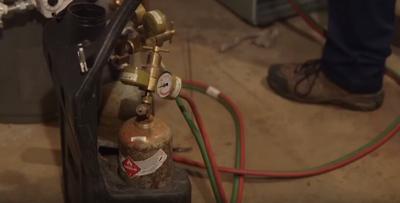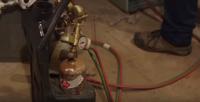Just last year, a Somerset County father and his seven children tragically died from accidental carbon monoxide poisoning at their Princess Anne home. Police say their deaths were caused by a generator running inside the home. Investigators say Rodney Todd was using the generator to power his house at the time.
The Todd family did not have carbon monoxide detectors in their home – which could have altered them to the deadly gas. Most new homes these days have carbon monoxide detectors, along with smoke detectors. However, if you have an older home, you probably need to install them.
10-year-old Brayden Wilcox was very brave when he was able to wake his family up, and get them outside safely after hearing beeps from the carbon monoxide detector. Fire Chief Kent Vision says he’s incredibly proud of Brayden. for getting everyone out of the building. Fire officials think a faulty furnace might be to blame, but Brayden’s father Brian is taking no chances and replacing the detectors just in case.
When running a generator, be sure to always do it outside the home and away from doors and windows to prevent carbon monoxide from creeping into the house. There are other safety precautions to take when running a generator:
Generator Safety Tips
- Let engine cool
- Use proper extension cords
- Install power transfer switch
We can follow all the warnings and necessary precautions, but sometimes things still happen. There are three different types of detectors you should have in your house that can alert your family to a potentially dangerous situation.
- Smoke Detector – First line of defense if there is a fire in the house. Fire officials estimate that around 62% of fire related deaths are because there is no working smoke alarm in the house.
- Carbon Monoxide Detector – Carbon Monoxide is the invisible killer. It has no small, no taste, and you can’t see it. Which is why it is important to have a detector.
- Explosive Gas Detector – Detects and monitors gases such as propane, methane, and natural gas. It alerts occupants when levels of those gases reach a potentially flammable or explosive level.
All three of these detectors can be bought separate, or you can buy combination ones. Safety experts say you should check the batteries and test them at least twice a year.






















